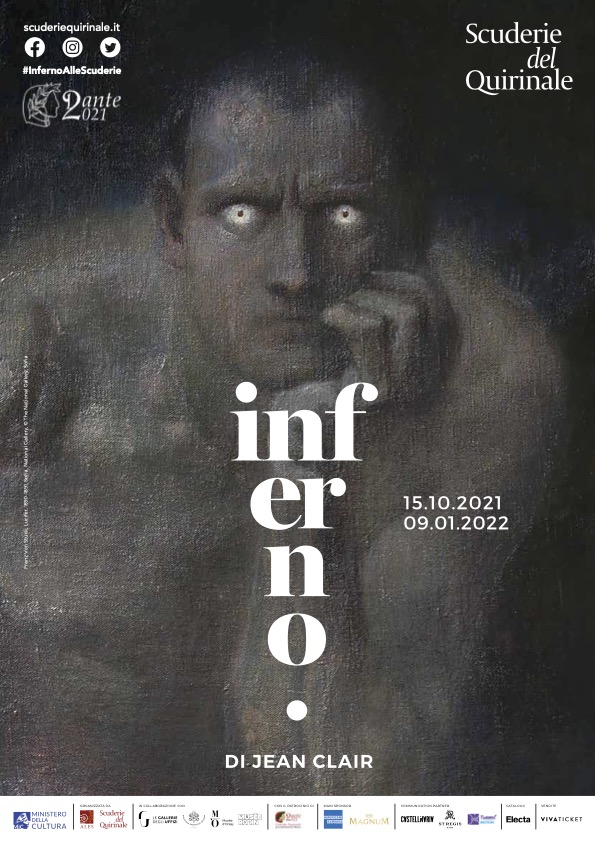Hellmouth
This metaphorical figure, which first appeared in the Anglo-Saxon cultural context in the early eleventh century, soon spread throughout Western Europe in the form of miniatures and sculptures, subsequently becoming the main symbol of Hell and its torments through metonymy.
The motif of Hellmouth gives Evil an immediately recognizable face with its vast burden of horror. Moreover, it is associated with several key moments in Christian mythology, such as the Fall of the rebel angels, the Last Judgement, and the Harrowing of Hell. Whatever the context, the mouth devouring the bodies of the damned represents eternal condemnation.
Hellmouth initially had an anthropomorphic appearance, inspired by chthonic figures of ancient mythology like the Cyclops, the Titans, and Giants, before becoming a zoomorphic figure inspired by the Leviathan, the insatiable sea monster described in the biblical tradition. In the late Middle Ages, a new vision of Hell emerged, based on descriptions of punishments and favouring a moral interpretation of divine retribution, arranged in circles as in Dante’s Inferno.
The chimeric hellmouth is the product of an extraordinary process of cultural syncretism that left a deep impression on the imagination of artists. Its success in the modern era is borne out by works such as the Monster in the Gardens of Bomarzo, created in the sixteenth century for Prince Vicino Orsini and reproduced in the photo by Herbert List, or the grotesque entrance to the Cabaret l’Enfer, the celebrated hangout of the Surrealists in Paris.



